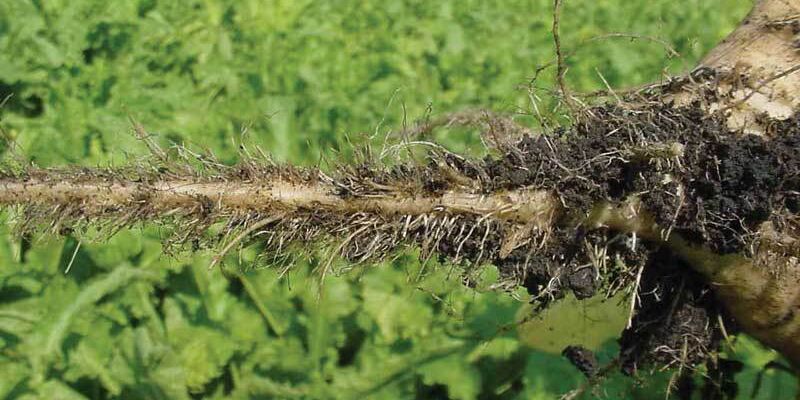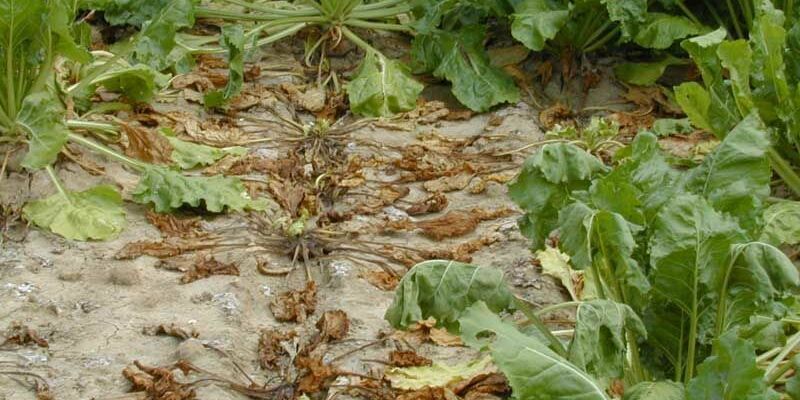To get the maximal yield out of your sugarbeet crop, crop protection is essential. Pests and diseases pose significant threats to your fields. Discover more about these threats and our solutions below.



To get the maximal yield out of your sugarbeet crop, crop protection is essential. Pests and diseases pose significant threats to your fields. Discover more about these threats and our solutions below.



Our logo reflects an exciting evolution: we're now fully powered by UBS. Discover how this makes us a stronger partner, ready to offer you tailored solutions and a seamless customer experience.